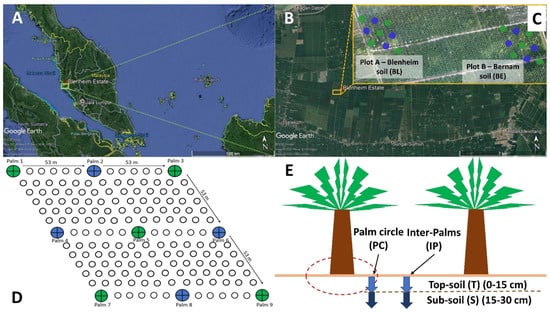Featured Student Papers
A topical collection in Biology (ISSN 2079-7737).
Viewed by 5728Editor
Interests: molecular basis of muscle contraction; muscle protein folding; myosin-based skeletal and cardiac muscle diseases
Topical Collection Information
Dear Colleagues,
Papers first-authored by a student can be highlighted in our ‘Featured Student Papers’ collection. For consideration, the first author needs to be certified as a current student upon manuscript submission. A yearly prize of 400 CHF will be given to the author of the best Featured Student Paper, as chosen by the editors.
Prof. Dr. Sanford I. Bernstein
Collection Editor
Manuscript Submission Information
Manuscripts should be submitted online at www.mdpi.com by registering and logging in to this website. Once you are registered, click here to go to the submission form. Manuscripts can be submitted until the deadline. All submissions that pass pre-check are peer-reviewed. Accepted papers will be published continuously in the journal (as soon as accepted) and will be listed together on the collection website. Research articles, review articles as well as short communications are invited. For planned papers, a title and short abstract (about 100 words) can be sent to the Editorial Office for announcement on this website.
Submitted manuscripts should not have been published previously, nor be under consideration for publication elsewhere (except conference proceedings papers). All manuscripts are thoroughly refereed through a single-blind peer-review process. A guide for authors and other relevant information for submission of manuscripts is available on the Instructions for Authors page. Biology is an international peer-reviewed open access monthly journal published by MDPI.
Please visit the Instructions for Authors page before submitting a manuscript. The Article Processing Charge (APC) for publication in this open access journal is 2700 CHF (Swiss Francs). Submitted papers should be well formatted and use good English. Authors may use MDPI's English editing service prior to publication or during author revisions.







